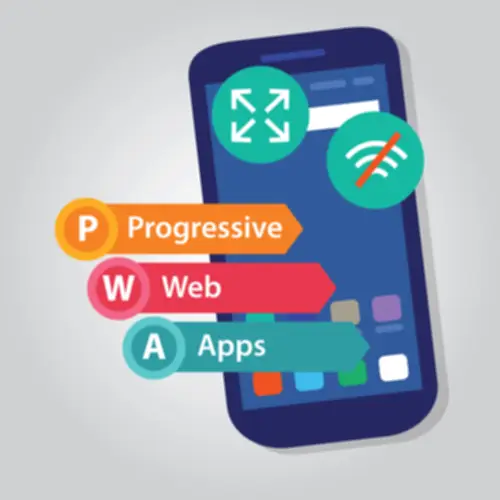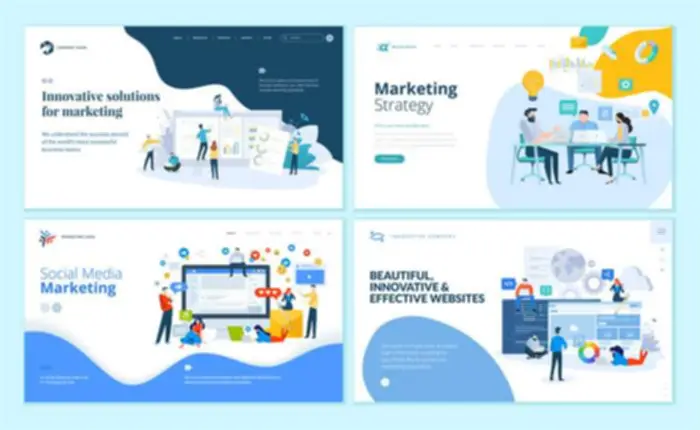Companies can optimize the circulate of knowledge into central methods and retain the bulk of uncooked information on the edge where it’s helpful. Data is analyzed domestically and protected by the security blanket of an on-premises network or the closed system of a service supplier. Intel applied sciences might require enabled hardware, software program or service activation. // Intel is committed to respecting human rights and avoiding inflicting what is edge computing in simple terms or contributing to antagonistic impacts on human rights.
- Computing was initially done using one massive, centralized computer that often took up a whole room or section of a building.
- Retailers can personalize the purchasing experiences for his or her clients and rapidly talk specialised presents.
- Additionally, they came to realize that the infrastructure for transferring, storing and processing giant volumes of knowledge can be extremely expensive and troublesome to handle.
- This remains a proven and time-tested method to client-server computing for most typical enterprise functions.
How Edge Relates To Cloud Computing
At the identical time, the cloud can provide a centralized location for giant scale analytics. Together they supply real-time and longer term Software Сonfiguration Management insights into performance and energy initiatives like machine learning and asset performance management. Automating edge workloads can simplify IT duties, lower operational expenses, and deliver smoother buyer experiences throughout extremely distributed edge architectures.
Types Of Edge Computing Know-how

Managing knowledge across many distributed edge servers may be difficult, as it’ll require frequent standardization upkeep. Edge computing can considerably optimize network bandwidth and cut back data transfer prices. Edge servers can also filter and prioritize the information they ship first, providing entry to especially time-sensitive info in near real-time.
When Should I Exploit Cloud Computing?
Edge computing is a distributed computing framework that brings enterprise functions nearer to knowledge sources corresponding to IoT devices or native edge servers. This proximity to information at its supply can deliver robust business benefits, including faster insights, improved response times and higher bandwidth availability. Edge application providers cut back the volumes of knowledge that should be moved, the ensuing traffic, and the space that information should journey. Edge computing allows for efficient data processing, specifically for large amounts of data to be processed close to the supply. This course of reduces web bandwidth use and costs, and also helps optimize utility effectivity from remote locations.
Forms Of Edge Computing Units
With private computer systems, users could have all the computational energy they wanted sitting right on prime of their desks. There was not a have to go to a central computer to perform essential duties. Edge computing can simplify a distributed IT environment, however edge infrastructure isn’t at all times easy to implement and handle.
Organizations can access and utilize software program functions through a web browser, which suggests they don’t have to host the software or hire IT personnel to hold up it. With the variety of choices available for edge computing today, it can be challenging to know which one is correct for your organization’s needs. Fog computing is a term created by Cisco in 2014 describing the decentralization of computing infrastructure, or bringing the cloud to the bottom. Digital substation automation maximises the capabilities of edge computing by way of direct connection.
Overseeing site visitors and road conditions could cut back congestion or maintain citizens out of harm’s means. While maintaining knowledge on the edge is seen as more environment friendly than streaming to the cloud or a knowledge centre, whatever knowledge remains at the edge nonetheless needs to be secure. Data encryption policies need to be in impact to protect all knowledge being streamed and stored to guard from theft or a cyberattack.
And information volumes continue to grow as 5G networks enhance the variety of related cell units. It’s these variations that make edge technique and planning so critical to edge project success. OVHcloud can deliver its 20 years of data centre experience to assist the future of edge computing.
Applications that profit from lower response time, similar to augmented reality and virtual actuality applications, benefit from computing on the edge. Edge computing is in use at present across many industries, including telecommunications, manufacturing, transportation, utilities, and many others. The reasons individuals implement edge computing are as diverse because the organizations they help. Cities, faculty campuses, stadiums and shopping malls are examples of the many locations the place edge AI is transforming locations into sensible spaces. Edge AI helps make these spaces extra operationally environment friendly, secure and accessible.
This can be achieved by adopting a massively decentralized computing architecture, in any other case often recognized as edge computing. However, inside each industry are specific use cases that drive the necessity for edge IT. Edge computing continues to evolve, utilizing new technologies and practices to reinforce its capabilities and performance. Perhaps probably the most noteworthy development is edge availability, and edge services are anticipated to become out there worldwide by 2028. Where edge computing is usually situation-specific at present, the expertise is expected to become more ubiquitous and shift the way that the web is used, bringing more abstraction and potential use instances for edge expertise. Smart citiesImagine a world the place parking is straightforward to acquire, there aren’t any overflowing rubbish bins and crime is beneath management.
Edge computing can be used to maintain information close to its source and inside the bounds of prevailing data sovereignty laws, such because the European Union’s GDPR, which defines how data must be saved, processed and exposed. This can allow uncooked information to be processed locally, obscuring or securing any delicate information earlier than sending something to the cloud or primary data heart, which can be in other jurisdictions. In traditional enterprise computing, data is produced at a client endpoint, similar to a user’s laptop. That data is moved throughout a WAN such because the internet, via the corporate LAN, where the data is saved and worked upon by an enterprise application. This stays a proven and time-tested approach to client-server computing for most common enterprise functions.
Edge computing also can divide workload processing between the AR device and the edge network to assist an optimal person experience. Edge infrastructure can embody edge servers, edge storage and gateways, IoT gadgets, sensors, desktops, laptops, good units, and machinery that collect and process information in real time. Edge computing is a distributed computing architecture that places purposes, knowledge, and compute sources geographically closer to where information is being collected and analyzed. Data is processed on the extremities of the community, as close to the original source as attainable. Instead of sending all information to a centralized knowledge center lots of of miles away, the edge sends only the optimized data.

However, the computations are less advanced as a outcome of the endpoints have minimal hardware. The rise of the Internet of Things (IoT) and automation has required organizations to leverage networks as near data sources as possible to minimize latency. Because they are close to the info, they’ll carry out fundamental computations utilizing sensors. Because they’re dearer and not out there everywhere, cloud edge is greatest suited to enterprises and large operations with high data calls for and nearby present infrastructures.

Transform Your Business With AI Software Development Solutions https://www.globalcloudteam.com/ — be successful, be the first!

